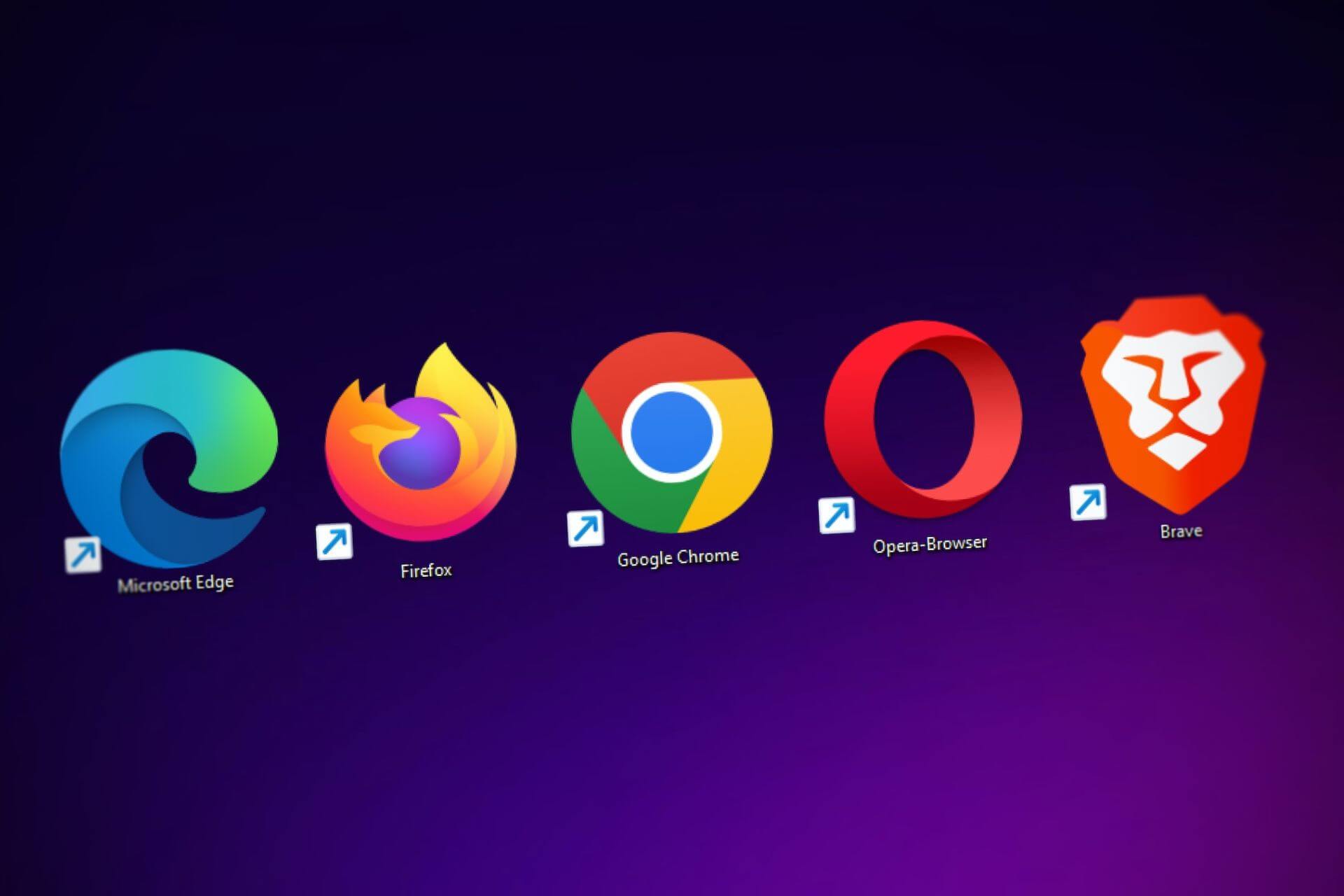
How Cloud Computing Works: What You Need To Know
November 27, 2023 - Lou Farrell
Revolutionized is reader-supported. When you buy through links on our site, we may earn an affiliate commision. Learn more here.
In today’s modern technology-infused world, businesses have come to rely on cloud computing daily. It makes the lives of these organizations and their clients easier. Learn how cloud computing works, what it is and the benefits it provides.
What Is Cloud Computing?
Cloud computing generally refers to any hosted service distributed across the internet. These services could include storage, software, analytics, databases and more. Cloud computing makes it possible to store information remotely and access it without needing a physical drive.
In the past, this was not the case for organizations. Companies needed to buy their own servers and host them on-site. However, this raised two major headaches.
First off, purchasing the required equipment was an expensive procedure. Secondly, not everyone knew how to manage these types of IT infrastructure.
If the business website received massive amounts of traffic, the company would need more servers to match those needs. Also, if something broke or was causing problems, the organization needed to fix it themselves.
Sometimes, if they could not remedy the problem or did not have enough servers, the organization could even lose its entire website. Now, with the appearance of the cloud, this is no longer a problem. Companies can now rent the services they need instead of installing these costly IT infrastructures and hiring the necessary staff to maintain them.
Most cloud computing service providers charge organizations with a pay-what-you-need model. In other words, organizations only pay for the service when they use it. This allows them to keep their IT costs low and make it easier for them to scale their operations.
How Cloud Computing Works
To understand how cloud computing works, think of it as two individual parts. These two parts connect together over the internet. The first section is the front end which comprises the user’s computer and the web-based application needed to connect to the cloud.
In other words, it is everything the user sees. The second is the back end. It involves everything that goes on behind the scenes. It is the organization — usually called the host — that runs all the computers, servers and systems needed to make up the cloud.
They also provide the necessary security to ensure everything stored on the cloud is well protected. As mentioned, utilizing these servers is a much better option than a company installing the needed infrastructure.
The 3 Types of Cloud Computing Deployment Models
There are three different types of cloud computing delivery models, with each of them having its own set of benefits.
1. Public Cloud
This is the most common type of cloud computing. The public cloud relies on the internet to store and access information. Users can access it from anywhere as long as they have access to an internet connection and a web browser.
2. Private Cloud
A private cloud is similar to a public cloud but is only offered to a single business. In other words, a single company hosts and manages the infrastructure. Due to this, a private cloud has added security and provides the business with more control.
3. Hybrid
The hybrid cloud is a combination of the two mentioned above. Today, many organizations rely on this model. For example, they could use the private cloud to store sensitive information and the public cloud for other work operations.
What Are the Advantages of Cloud Computing
Today, most businesses rely on cloud computing thanks to all the advantages it offers. Here are several benefits of utilizing cloud computing:
- Reduced operational costs: Probably the most significant benefit of cloud computing is the low operating costs. Companies no longer need to buy the necessary equipment and install it or hire personnel to maintain it. Instead, they can rent the services they need and pay according to their usage needs.
- Increased efficiency: With on-site systems, organizations will need to have their own site servers and the required staff to maintain them when something goes wrong. This could lead to stress for the workers needing to ensure everything operates as it should. However, cloud computing eliminates these worries, allowing them to focus on other essential business operations.
- Constantly upgraded and maintained: With cloud computing, maintenance is vital. This leads to the systems receiving constant upgrades that provide the users with additional benefits, such as reduced latency. All of this makes cloud computing incredibly reliable.
- Enhanced security: Cloud computing offers enhanced security. This provides companies with the peace of mind of knowing that their data is well protected.
- Remote access: Another major benefit of cloud computing is that users can access it from anywhere as long as they have an internet connection. This makes it even more desirable to organizations with remote staff.
- Provides scalability: Cloud computing relies on a system that charges users based on their needs. Due to companies having various demands, they can choose the ones that best fit their requirements, making it easier to scale with.
- Speed: Due to the ease of accessibility and other factors, cloud computing allows teams to get projects up and running quickly.
Different Cloud Computing Service Types
While Cloud computing services can take different shapes, they usually fall under three different categories:
- Software as a Service (SaaS): This is the most common service type and many organizations rely on it daily. SaaS typically follows a subscription-based model where the user needs to pay every month to regain and maintain access. Users can access the software through the cloud on a web-based application either on a computer or mobile device.
- Platform as a Service (PaaS): This service type allows for application development. In other words, it provides organizations with the necessary tools for software development. One notable thing about PaaS is that it supports the web application through its entire lifecycle which includes development, testing, deployment, managing and updating.
- Infrastructure as a Service (IaaS): This model entirely eliminates the need for an onsite installation. With an IaaS service type, the business relies on virtual servers, machines and other IT infrastructure for daily operations.
What’s Best For Your Company
Learning how cloud computing works helps you understand what the best option for your company is. Due to the various needs of businesses, many organizations choose to go for the hybrid cloud model. With all the benefits cloud computing offers, it has positioned itself as a necessity for many companies.
Revolutionized is reader-supported. When you buy through links on our site, we may earn an affiliate commision. Learn more here.




